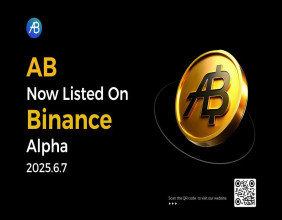Highlights:
- Delivery points are specific locations for futures contract fulfillment.
- These locations are designated by futures exchanges for commodity or financial instrument delivery.
- They play a vital role in the execution of futures contracts.
In the world of futures contracts, the term delivery points refers to the designated locations where the actual commodity or financial instrument specified in a futures contract can be delivered. These points are crucial for the execution of the contract, ensuring that physical goods or assets are provided in exchange for the agreed-upon price. Futures contracts are legally binding agreements between buyers and sellers, but unlike other financial contracts, they sometimes result in the physical delivery of the underlying asset rather than cash settlement.
The role of delivery points is to provide clarity on where and how the delivery will occur, helping both parties fulfill their obligations. These locations are typically chosen by the futures exchanges based on practical, logistical, and economic considerations, including the proximity to major trading hubs, transport infrastructure, and availability of the asset.
Delivery points are typically set for commodities like oil, grains, metals, and agricultural products, as well as for financial instruments like bonds or currencies. The futures exchanges, such as the Chicago Mercantile Exchange (CME) or the Intercontinental Exchange (ICE), outline these delivery points to minimize disputes and ensure smooth transactions when contracts reach maturity.
Once a futures contract reaches its expiration, the seller is expected to deliver the underlying asset at the designated delivery point, unless the contract is settled in cash. For example, in a crude oil futures contract, the delivery point could be a specific oil storage facility or a port where the buyer can take possession of the oil. Similarly, in the case of agricultural products like wheat, the delivery point could be a grain elevator or a warehouse in the region where the crop is stored.
Futures contracts often have several delivery points listed, giving flexibility to the parties involved in terms of logistics and transport. The exchange typically ensures that these locations are widely accessible to avoid complications in the delivery process. For example, for a contract based on gold, a delivery point could be a central depository where the gold can be stored securely before transfer.
It is important to note that not every futures contract leads to physical delivery. Many traders opt for cash settlement, particularly in highly liquid markets where it’s easier to simply settle the difference in price rather than deliver the actual goods. However, the possibility of physical delivery remains integral to the futures market, as it allows participants to hedge against risks associated with price fluctuations of the underlying asset.
Conclusion
Delivery points are essential elements of futures contracts, providing clear, designated locations for the physical delivery of commodities or financial instruments. These locations ensure that both parties meet their contractual obligations. By defining where and how delivery will take place, exchanges mitigate risk, ensuring the smooth functioning of markets. Understanding these points is crucial for anyone involved in futures trading, as it directly impacts how the contracts are settled and executed.





